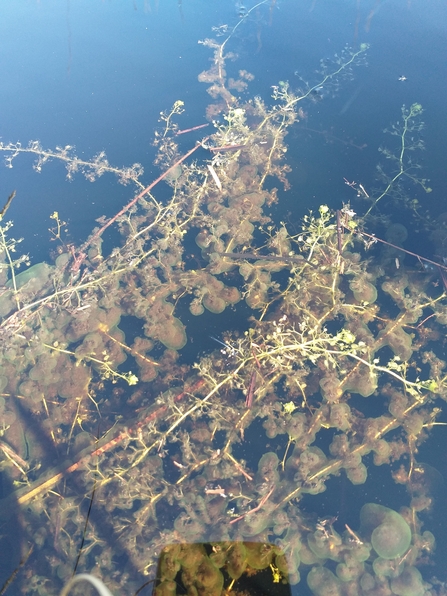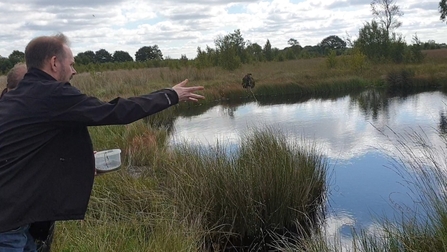As the Communications Officer for our peatlands project, I am lucky enough to get out and about on our precious peatlands quite a lot. However, when Wild Walk Week came along I thought what better excuse to arrange a few more mossy meanders?
My first day saw me heading off to Astley Moss, which is on the border of Wigan and Salford. This SSSI site is a wonderful example of one of our rare lowland raised peat bogs and this summer saw the Great Manchester Wetlands Partnership reintroduce the large heath, or Manchester argus, butterfly back onto the bog for the first time in nearly 150 years!



